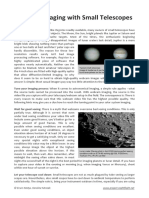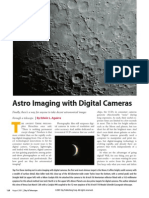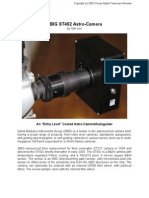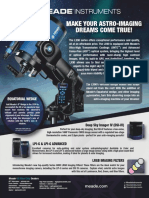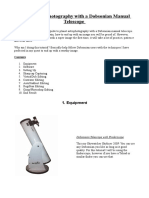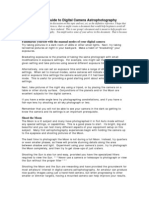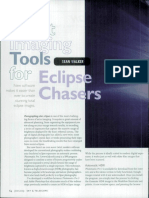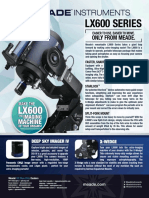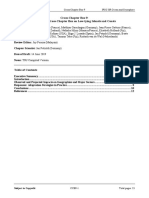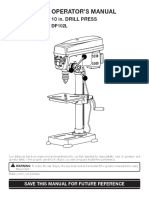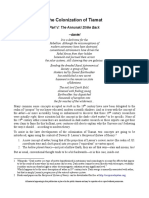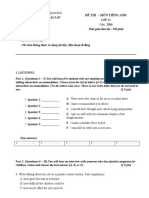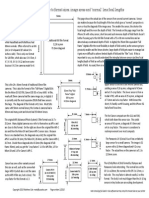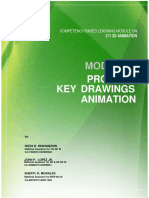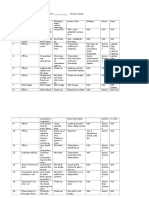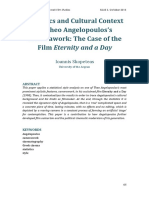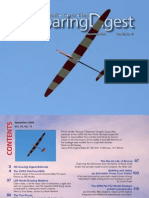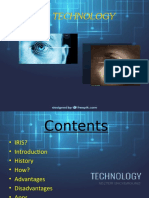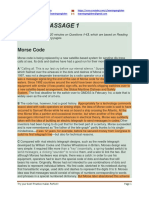0% found this document useful (0 votes)
63 views36 pagesPresentation by Christopher Go
This document provides information on high resolution planetary imaging techniques. It discusses using lucky imaging with inexpensive video cameras to take advantage of fleeting good seeing conditions. It also covers choosing the right equipment like telescopes, cameras, and accessories. The document outlines the imaging workflow including preparation, capture, processing, and archiving. It provides tips for imaging different planets and using software like Registax, AutoStakkert, and WinJupos during processing and derotation. The goal is to provide concise guidance on the equipment and techniques needed to produce high quality planetary images.
Uploaded by
Konstantina GlezakouCopyright
© © All Rights Reserved
We take content rights seriously. If you suspect this is your content, claim it here.
Available Formats
Download as PDF, TXT or read online on Scribd
0% found this document useful (0 votes)
63 views36 pagesPresentation by Christopher Go
This document provides information on high resolution planetary imaging techniques. It discusses using lucky imaging with inexpensive video cameras to take advantage of fleeting good seeing conditions. It also covers choosing the right equipment like telescopes, cameras, and accessories. The document outlines the imaging workflow including preparation, capture, processing, and archiving. It provides tips for imaging different planets and using software like Registax, AutoStakkert, and WinJupos during processing and derotation. The goal is to provide concise guidance on the equipment and techniques needed to produce high quality planetary images.
Uploaded by
Konstantina GlezakouCopyright
© © All Rights Reserved
We take content rights seriously. If you suspect this is your content, claim it here.
Available Formats
Download as PDF, TXT or read online on Scribd
/ 36






